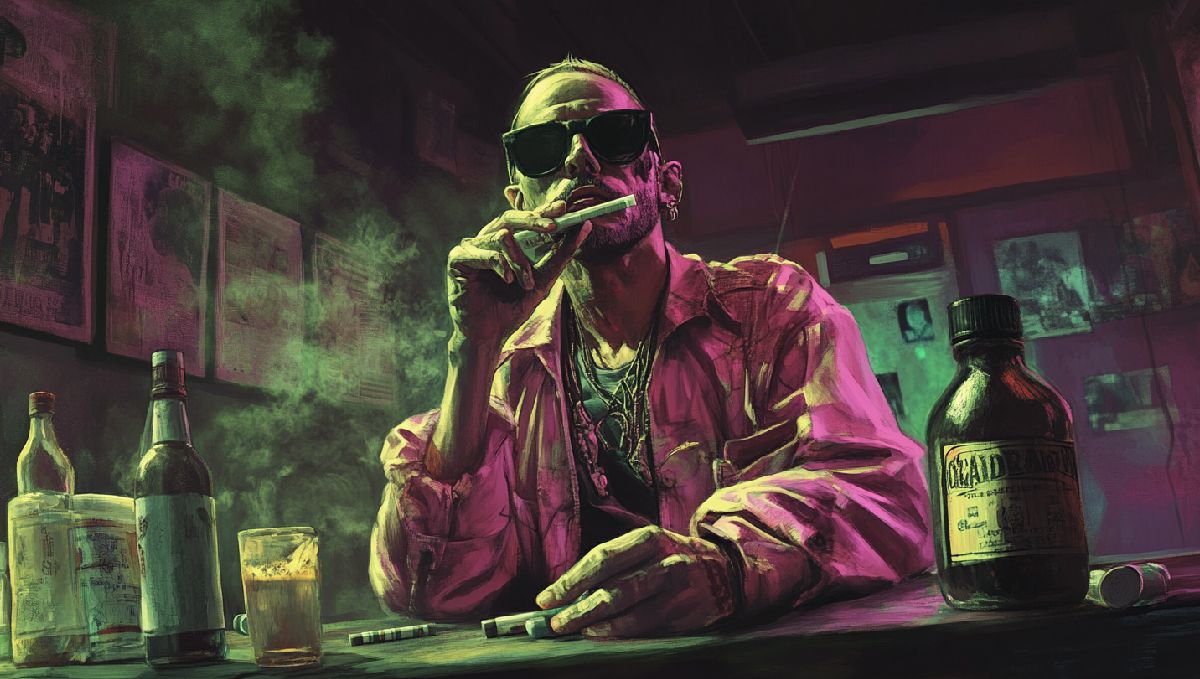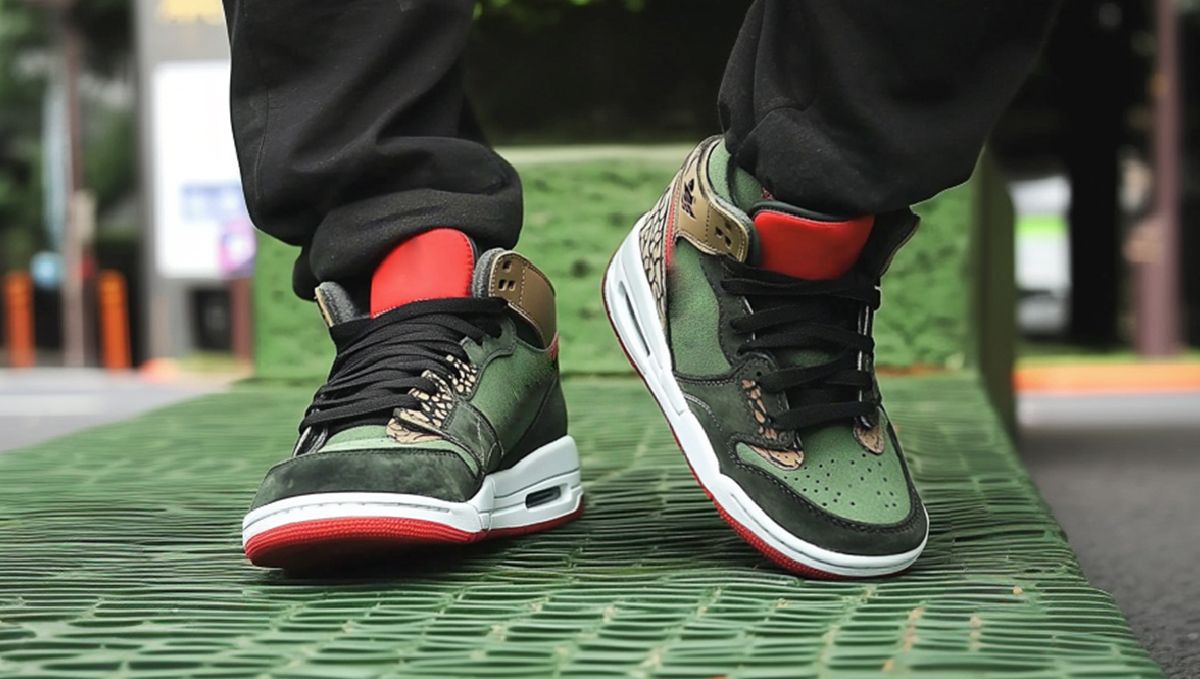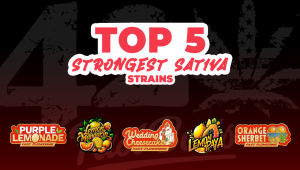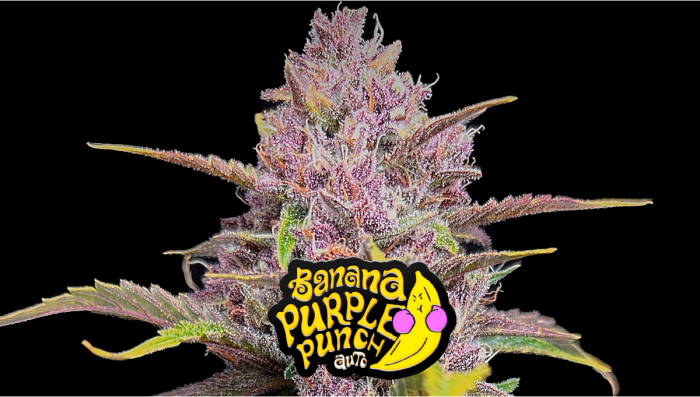Sneakers and Weed - A Match Made In Heady Heaven

- 1. Outlaw fresh
- 2. Sneaker brands get into the weeds
- 3. Weed brands turn the tables
Sneakers have taken over the world. From a niche subculture beloved in cities like New York, London, Paris, and more, the shoe wave has gone mainstream. In many ways, it’s a similar story to the world of weed - an underground subculture spread worldwide until it drops the sub from the subculture and takes off with the culture at large. But more than just parallel phenomena, the cannabis and sneaker industries have been crossing over and intersecting for as long as any sneakerhead can remember.
So how did the mind meld between sneaker heads and stoners come to be, are they one and the same, and how have the two cultures come together over the years? Let’s roll up, lace up, and dive deep into the way weed has influenced sneakers and vice versa.
Outlaw Fresh
In the days of total cannabis prohibition, and to this day in many places, weed was an industry run by hustlers and outlaws. That hustle paid cash, and at lower levels, it wasn’t enough for houses or cars, but it was definitely enough to get fresh. Drug dealers in cities like New York and Philadelphia - including weed sellers - have long been credited with creating much of the early sneaker culture that was then funneled through rappers, skateboarders, and other trend setters.

“Growing up in the hood, drug dealers were just as much an inspiration as astronauts, teachers,
doctors, lawyers, etc. Sad but true. I was one of those kids. I looked up to the block huggers just as much as I looked up to TV lawyer Uncle Phil and TV doctor Cliff Huxtable,” Angel Diaz wrote
in Complex. “The same can be said about your favorite rappers. Most of them either grew up in the hood or in the suburbs emulating the flashiest money makers they came across during their
day-to-day lives. The hustlers had the cash, the girls, the jewelry, the threads, the cars, the slang. When you’re young and poor, you gravitate towards the glitz and glamour. It’s like riding
on the school bus and picking out the flyest whips with your friends like: ‘That Lexus is gonna be mine one day.’ And the same can be said for the sneakers.”
From shell toe Adidas Superstars and all white Nike Air Force Ones to high-priced sneakers from brands like Gucci and Prada, sneakers have been a status symbol in the weed game since dime bags of brown bud were the best game in town.
Sneaker Brands Get Into The Weeds
As the 90s turned to the new millennium, sneaker brands like Nike and Adidas embraced the sneaker culture started by drug dealers, b-boys, skaters, and rappers that coveted limited
edition, rare, colorful sneakers. At Nike, a newly birthed skate program, Nike SB, took it one step further, creating full storylines to support their ultra exclusive Nike Dunk releases. In between celebrating skate companies, cartoon characters, and beer brands, the Nike SB team had a soft spot for 4/20. Starting in 2010, led by artist Todd Bratrud, SB began releasing limited edition dunks with rotating weed themes. There was a green and puprle high top covered in hairy suede that looked as much like a dank nug as a sneaker possibly could, a pair that celebrated stoner comedy legends Cheech&Chong, shoes designed as physical representations of weed strains like Strawberry Cough, White Widow, and Pinepple Express, a pack of hemp Dunks, a hacky sack themed sneaker, and more.

The shoes were never formally advertised because, like weed, limited release sneakers don’t need formal advertising, but sneakerheads - and stoners - could read between the lines perfectly fine. Just like the hustlers of decades past, limited edition sneakers are still a status symbol in the current cannabis industry.
“The exclusivity and the hype factor of having what’s new and in-demand is a driving force of the cannabis market just like the sneaker industry,” Matteo Luciani, co-owner of the California cannabis brands The Rare and Parlay said. “When you see people waiting for sneaker drops and for strain drops, it’s the same type of people in both. There are consumers that honestly love the products and want to support the brands, hypebeasts that want to flex and feel relevant, and then the resellers looking to make a profit—but with weed, the secondary market means people buying as much as they can from dispensary drops and making it disappear on the black market. A lot of the resellers are flipping both sneakers and weed.”
In recent years, Adidas joined the 4/20 sneaker trend with its own pairs of hairy green suede kicks and a pair of cartoon-themed South Park dunks with bloodshot eyes. Beyond that, the trend has gone fully mainstream, with Skechers even teaming up with Snoop Dogg for a weed-themed shoe with smoke print billowing out of the heel.
Weed Brands Turn The Tables
As legalization has evolved, cannabis packaging has become one of the main differentiators in product in both the legal industry and continuing black market. As graphics on jar labels turned
into graphics on bags, eventually those turned into custom die cut bags shaped to look like everything from a frog head to packs of bubble gum, and of course, sneakers. First produced in the shape of a classic Nike Air Force 1 by legendary New York City weedman and rapper Shiest Bubz, the sneaker bag went viral, eventually inspiring brands like California’s High Mart to produce a whole line of bags shaped like Nike Air Maxes released on the same day the legendary running shoes first came out.
The sneaker-shaped weed bags are the latest reminder that sneakerheads and stoners are birds of a feather, not only following the same trends in fashion and smoke, but producing significant crossovers that continue to build on the inseparable relationship that started in subcultures and grew alongside one another into the cultural mainstream.












Comments